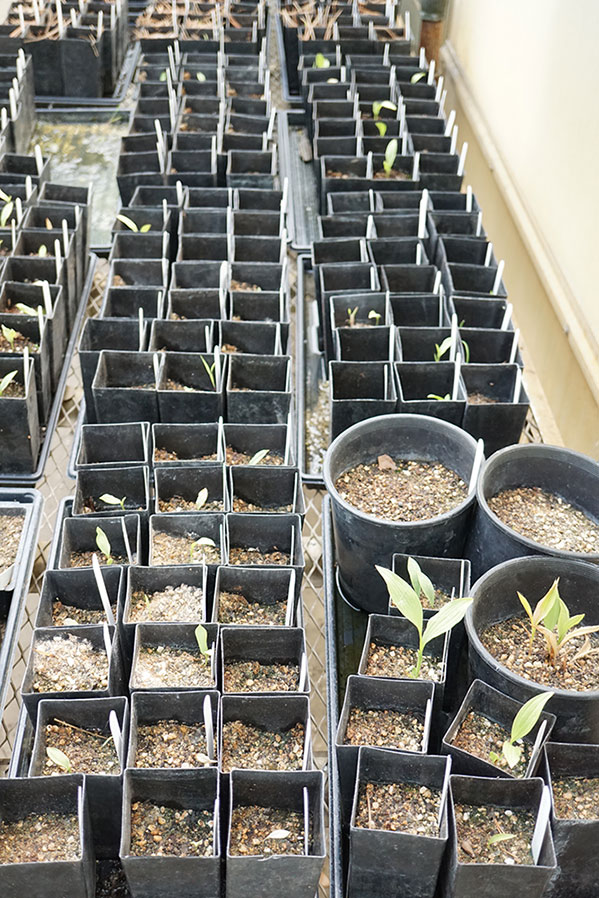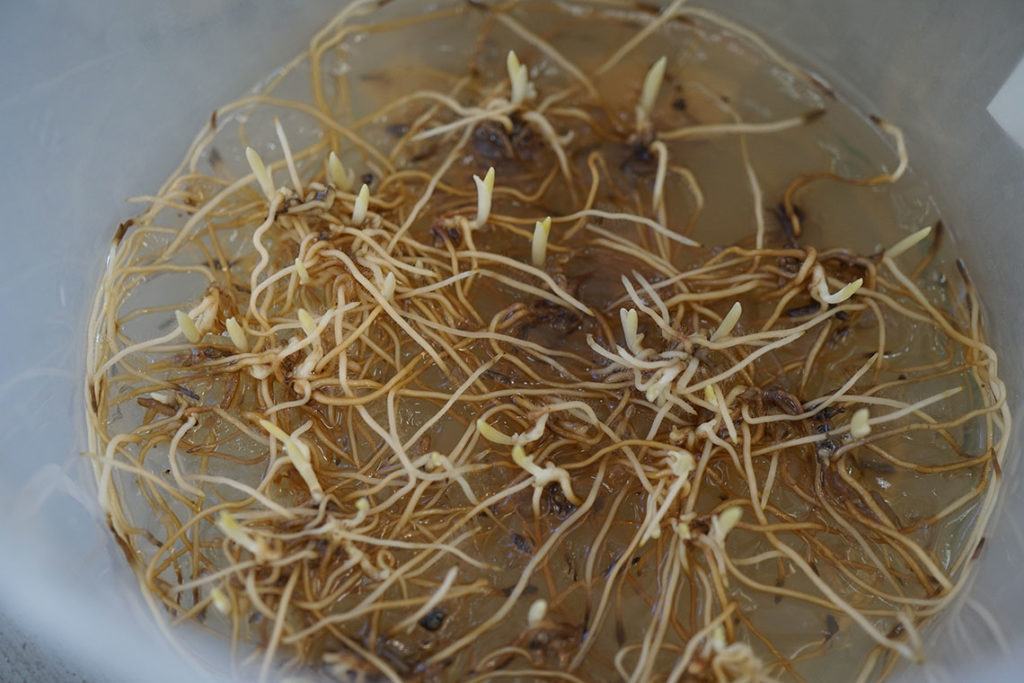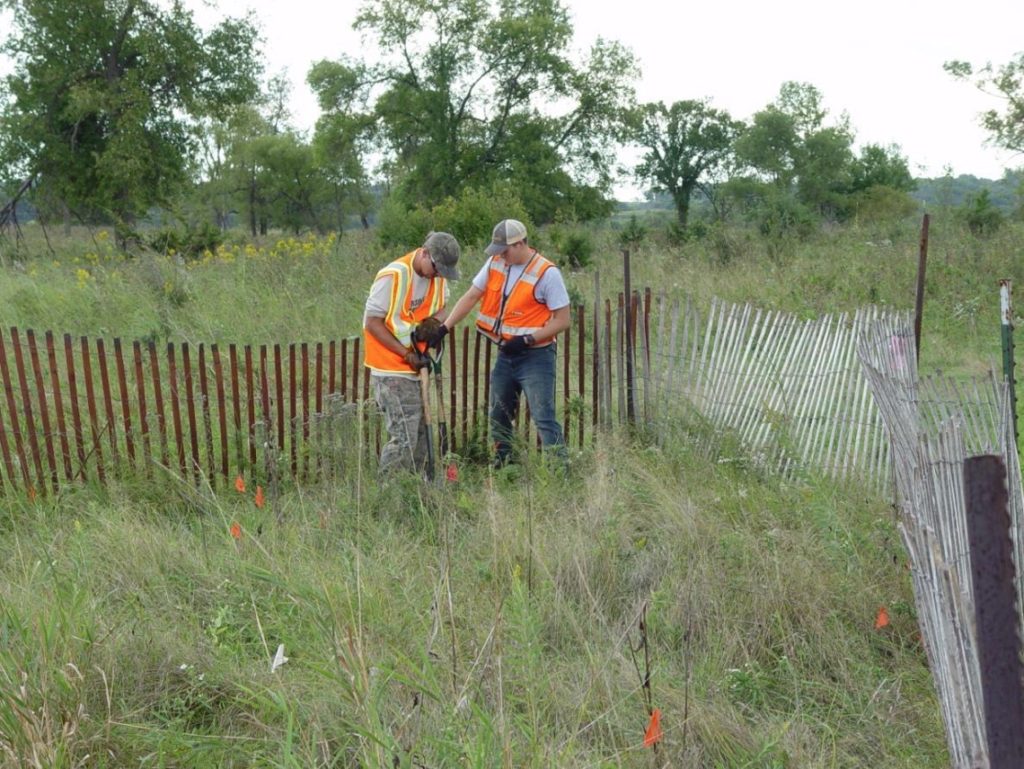University of Minnesota Landscape Arboretum (MLA)
The University of Minnesota Landscape Arboretum safeguards nine species in the CPC National Collection. Three of these species, Cypripedium candidum, Platanthera praeclara, and Besseya bullii, are prairie species. The University of Minnesota Landscape Arboretum has had great success growing the Cypripedium, an orchid, and will be starting a population at the Arboretum as an experiment to try and introduce this wet meadow orchid to a reconstructed landscape. They are also in the process of producing hundreds of seedlings of this species for use in a restoration project in eastern Wisconsin.
For the Platanthera, another orchid, the biggest challenges are figuring out how to best bank the seed, how to propagate large amounts of the plant, and how to establish seedlings in natural or reconstructed landscapes. The Arboretum is working on these challenges.
For the Besseya, they are nearing completion of acceptable genetic/geographic coverage of the species for Minnesota. Currently, they are beginning to turn their attention to getting seed from other states in its range. They appear to have overcome an apparent hump in germination testing for this species and have started to offer seedlings to donor locations for population augmentation (no takers yet, but folks are at least talking about the possibilities which is, in actuality, what they really want at this point). They will be establishing their own population of Besseya at the arboretum this fall, once everything has gone dormant, as well as creating safeguard beds for several of the donor populations.
For all of these species, as they are established in their prairie (or prairie display beds), the next steps are to develop interpretations for visitors to emphasize the arboretum’s work on preserving some of the prairie gems in the state as first real opportunities to present the public with results of some of its conservation work.
The Arnoglossum plantagineum translocation project: this is not a CPC species, but it is a state listed species (the plant is rare in Minnesota because it is on the edge of its range). It is a wet/mesic prairie species that may be able to tolerate drier sites. The largest population in Minnesota was slated to be destroyed as part of a permit for a fracking sand mine granted in late 2014/early 2015. Working with the state Department of Natural Resources, this has been the first deliberate translocation project the state has really endorsed/attempted.
Over the course of a few seasons, they have collected seed and dug up plants that were either transplanted to protected donor sites immediately or brought back to the arboretum for managed care. A population was started at the arboretum’s prairie, which is thriving, and they’ll be supplementing it to try and establish a self-sustaining population. They will also be creating a safeguard bed to be used for seed amplification and production if needed in the future.
The two other protected sites have had varying degrees of survivorship, which appears highly dependent on how quickly pocket gophers find the root systems of the plants. Recently, a new population with what seems to be a single individual was discovered at one of the protected sites and they are looking at trying to supplement and amplify that population while maintaining its genetic integrity as much as possible, which is an interesting problem. Finally using the successes and failures from the three extant populations, they have identified a fourth site to accept the remains of the salvaged plants. This has been a learning process for all involved and may be turning into the first step towards creating a state-wide conservation network/system similar to the Georgia Plant Conservation Alliance or the New England Plant Conservation Program.


